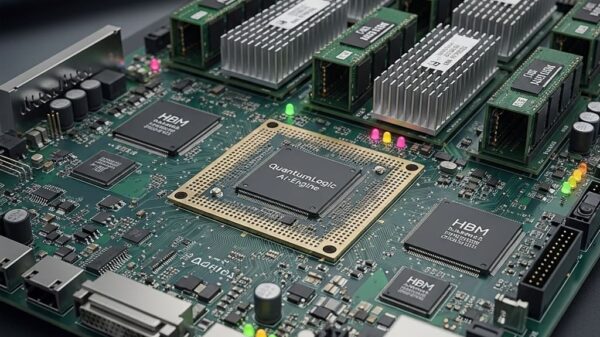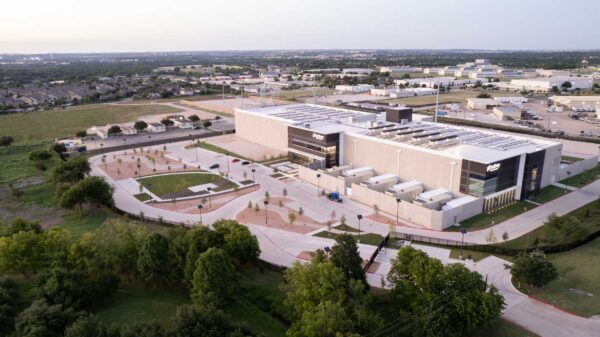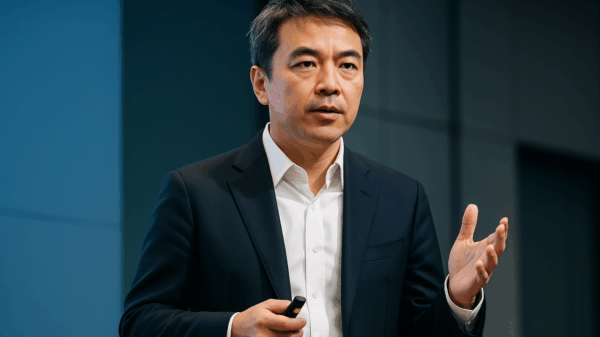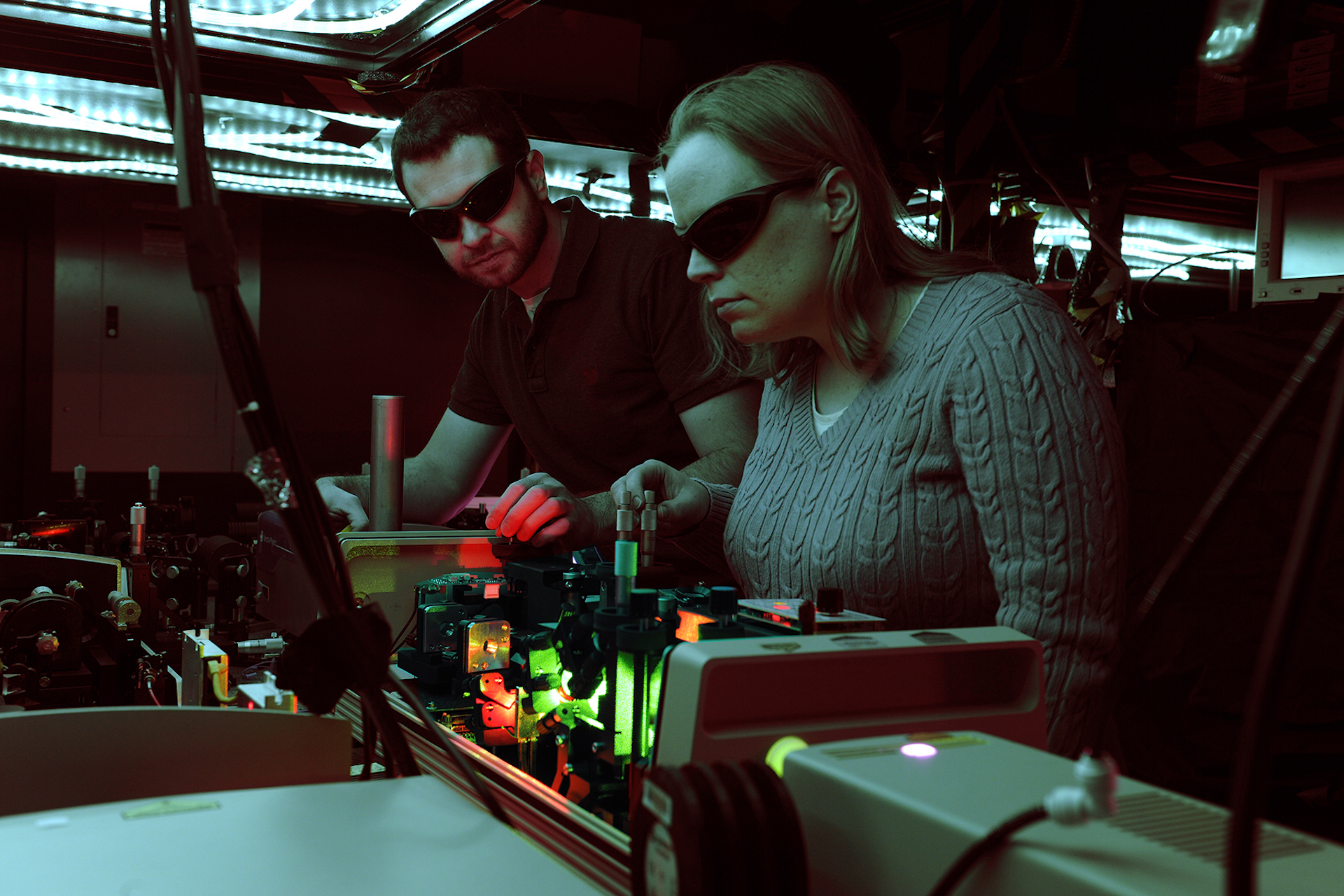The U.S. Department of Defense has made a significant shift in its approach to technology development by narrowing its focus from 14 critical technology areas to just six. This decision, announced on Monday, is aimed at enhancing efficiency in delivering essential capabilities to warfighters. The revision was detailed by Emil Michael, the Undersecretary of Defense for Research and Engineering, in a LinkedIn video.
“When I stepped into this role, our office had identified 14 critical technology areas. While each of these areas holds value, such a broad list dilutes focus and fails to highlight the most urgent needs of the warfighter. Fourteen priorities, in truth, means no priorities at all,” stated Michael, emphasizing the need for a streamlined approach.
The newly defined critical technology areas encompass: applied artificial intelligence (AAI), biomanufacturing, contested logistics technologies (LOG), quantum and battlefield information dominance (Q-BID), scaled directed energy (SCADE), and scaled hypersonics (SHY). Each of these areas is designed to deliver rapid advancements in capabilities, ensuring that American forces retain a decisive edge in modern warfare.
Streamlined Focus for Enhanced Performance
Michael articulated that the focus on six critical areas will enable the Pentagon to invest more effectively in research and development efforts that directly support the warfighter’s needs. He mentioned that the new list serves as a guide for investment and development strategies, directing resources toward the most pressing challenges in contemporary warfare.
See also Google’s Gemini Update for Home Faces Reliability Issues Despite Enhanced AI Control
Google’s Gemini Update for Home Faces Reliability Issues Despite Enhanced AI ControlInterestingly, the categories selected for the revised list maintain connections to previous priorities from the Biden administration. For instance, the applied artificial intelligence category integrates efforts from areas such as trusted AI, autonomy, human-machine interfaces, and advanced computing technologies. This reorganization aligns closely with the objectives set forth in President Donald Trump’s AI action plan, focusing on improving decision-making processes for operational efficiency.
Capabilities for Modern Warfare
In discussing the new focus areas, Michael elaborated on the importance of each category. The biomanufacturing sector is expected to enhance resilience in supply chains by leveraging living systems. Meanwhile, contested logistics technologies aim to ensure effective operations and resupply under challenging conditions. The emphasis on both scaled directed energy and scaled hypersonics underlines a commitment to accelerating research and development for next-generation weapon systems.
Michael noted, “These critical technology areas are actionable, tangible solutions to the challenges that our warfighters face today. They are driven by focused sprints designed to deliver results in the now — not in 15 years.” This proactive stance reflects a desire to adapt swiftly to evolving battlefield dynamics.
Future Implications for Defense Technology
The streamlined list not only reflects a tactical shift but also sets the stage for future technological innovations in defense. By concentrating efforts on fewer, more impactful areas, the Department of Defense aims to foster a culture of innovation that responds quickly to emerging threats and opportunities. The emphasis on quantum and battlefield information dominance highlights the importance of advanced technologies in enabling warfighters to operate effectively even in contested environments.
Overall, this strategic realignment signals the Pentagon’s commitment to maintaining a technological advantage on the battlefield. The focused approach is expected to yield more rapid and effective results, ensuring that U.S. forces are always prepared for the challenges ahead.







































































